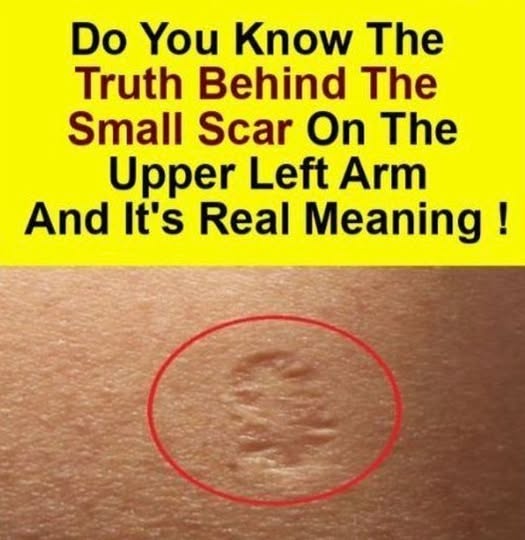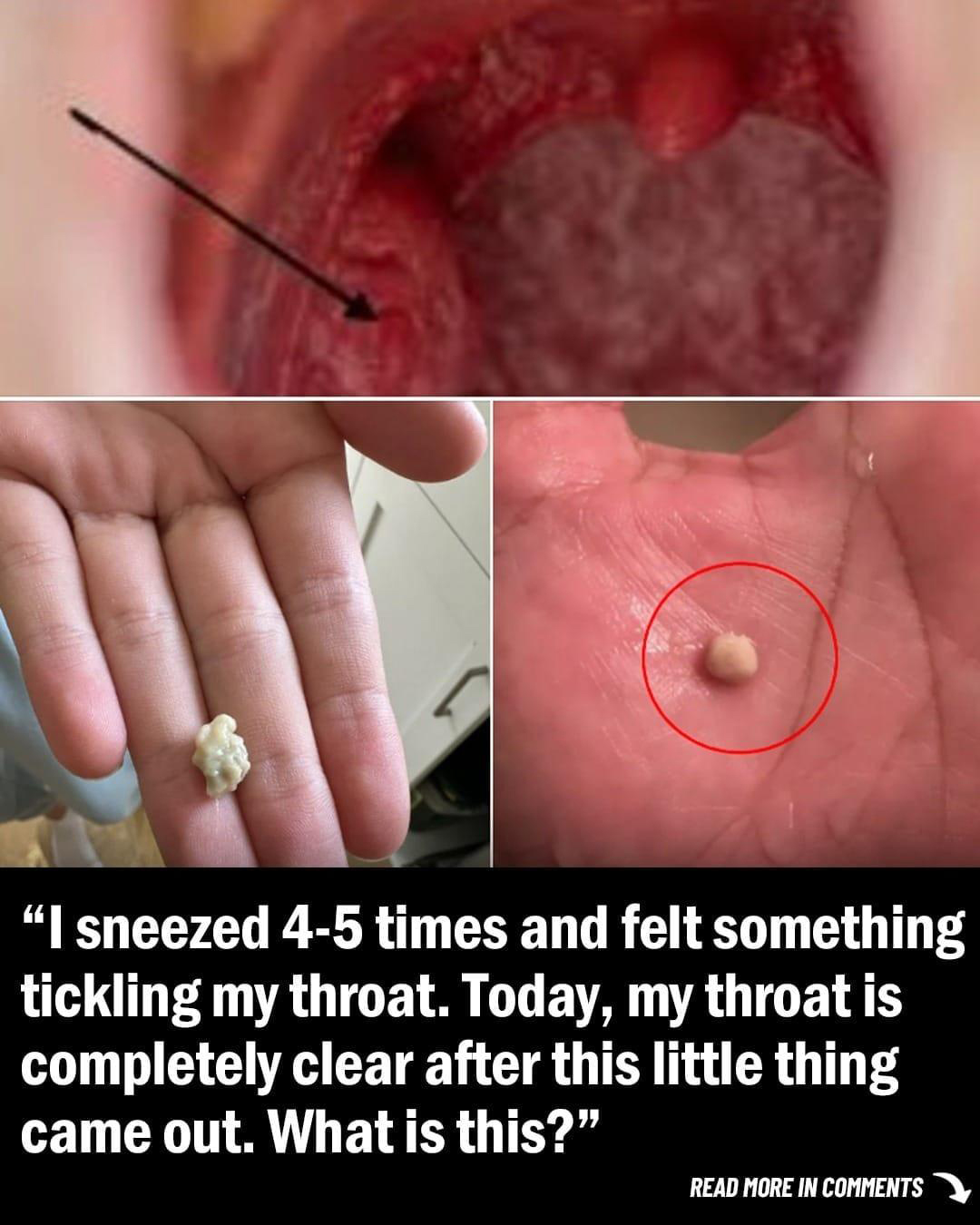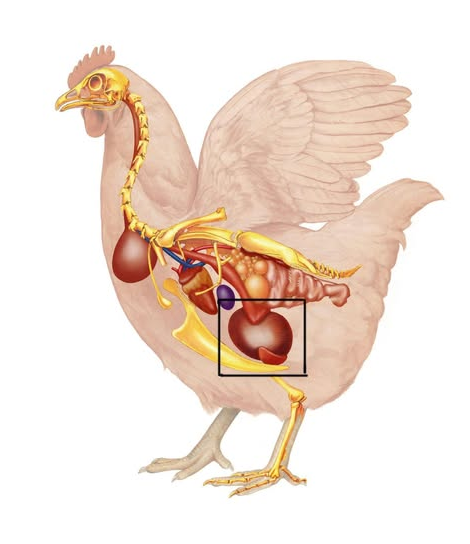
Smallpox Vaccine Scars: What They Are and Why They Matter
Smallpox vaccine scars are a unique reminder of a time when humanity faced one of its deadliest foes. These scars, often seen on the upper arms of older generations, tell a story of resilience and scientific triumph. In this article, we’ll explore everything you need to know about smallpox vaccine scars, from their appearance to the history and process behind their formation.
What Are Smallpox Vaccine Scars?
Smallpox vaccine scars are distinct marks left behind after receiving the smallpox vaccine. They typically appear as a circular patch of small indents surrounding a larger central indentation. These scars are often located on the upper arm, near the shoulder, and are most common in individuals vaccinated before the 1970s.

Read more: 9 Warning Signs Your Body Might Show a Month Before a Heart Attack
The History Behind Smallpox Vaccine Scars
Smallpox, a highly contagious and deadly viral disease, plagued humanity for centuries. It caused severe fever, skin rashes, and disfigurement. According to the Centers for Disease Control and Prevention (CDC), smallpox had a mortality rate of about 30%, leaving many survivors with permanent scars.
The introduction of the smallpox vaccine marked a turning point in the fight against the disease. By the mid-20th century, mass vaccination campaigns had successfully eradicated smallpox in many parts of the world. In the United States, routine smallpox vaccinations ceased in 1972, following the disease’s declared extinction in 1952.
For those vaccinated before this period, the resulting scar served as a physical reminder of their immunization—a “vaccine passport” of sorts that symbolized protection against a devastating illness.
Why Does the Smallpox Vaccine Leave a Scar?
The scar is a result of the unique method used to administer the smallpox vaccine. Unlike modern vaccines, which are typically delivered via a single injection, the smallpox vaccine required multiple punctures with a bifurcated (two-pronged) needle.
The Vaccination Process
- Punctures: The bifurcated needle was dipped into the vaccine solution and used to make several small punctures in the skin.
- Reaction: The vaccine introduced a live, but weakened, virus that triggered an immune response.
- Blister Formation: Over the following days, a raised bump formed at the vaccination site. This bump developed into a fluid-filled blister (vesicle).
- Scabbing and Healing: The blister eventually burst, scabbed over, and healed, leaving behind the characteristic scar.
The scar formation was a natural part of the healing process, as the body worked to repair the puncture wounds and fight off the introduced virus.
The Significance of Smallpox Vaccine Scars
A Mark of Immunization
For those who lived through the era of smallpox vaccinations, the scar was a visible indicator of immunity. It represented participation in a global effort to eradicate a deadly disease.
A Historical Artifact
Today, smallpox vaccine scars are a relic of medical history. They remind us of a time when vaccines were delivered using methods that, while effective, were more invasive than modern techniques.
Are You Likely to Have a Smallpox Vaccine Scar?
If you were born before 1972, there’s a good chance you received the smallpox vaccine and bear the scar to prove it. However, those born after this period are unlikely to have been vaccinated, as routine immunizations against smallpox were discontinued after the disease was eradicated in most parts of the world.
The Legacy of Smallpox Eradication
The eradication of smallpox remains one of the greatest achievements in public health. It demonstrated the power of vaccines and the importance of global collaboration in combating infectious diseases.
Lessons for Modern Vaccination Efforts
The success of the smallpox vaccine serves as a blueprint for addressing current and future health challenges. It underscores the importance of widespread immunization, scientific research, and public education in preventing disease outbreaks.
Frequently Asked Questions About Smallpox Vaccine Scars
Do All Vaccines Leave Scars?
No, most modern vaccines do not leave scars. The smallpox vaccine is unique due to its method of administration, which involved multiple punctures and the use of a live virus.
Can Smallpox Vaccine Scars Fade Over Time?
While the scars may become less noticeable with age, they generally do not disappear entirely. The extent to which they fade depends on individual skin healing processes.
Is Smallpox Still a Threat Today?
Smallpox was officially declared eradicated in 1980 by the World Health Organization (WHO). Today, the virus exists only in secure laboratory facilities for research purposes.
Read more: Experience the Power of Clove Tea: Uncover the Incredible Benefits of Boiling Cloves
Conclusion
Smallpox vaccine scars are more than just marks on the skin—they are symbols of a monumental victory in medical history. They remind us of the challenges humanity has faced and the progress we’ve made in the fight against infectious diseases.
Understanding the history and significance of smallpox vaccine scars helps us appreciate the advancements in modern medicine and the vital role vaccines play in safeguarding public health.
If you have a smallpox vaccine scar, wear it proudly—it’s a badge of resilience and a testament to the power of science.













